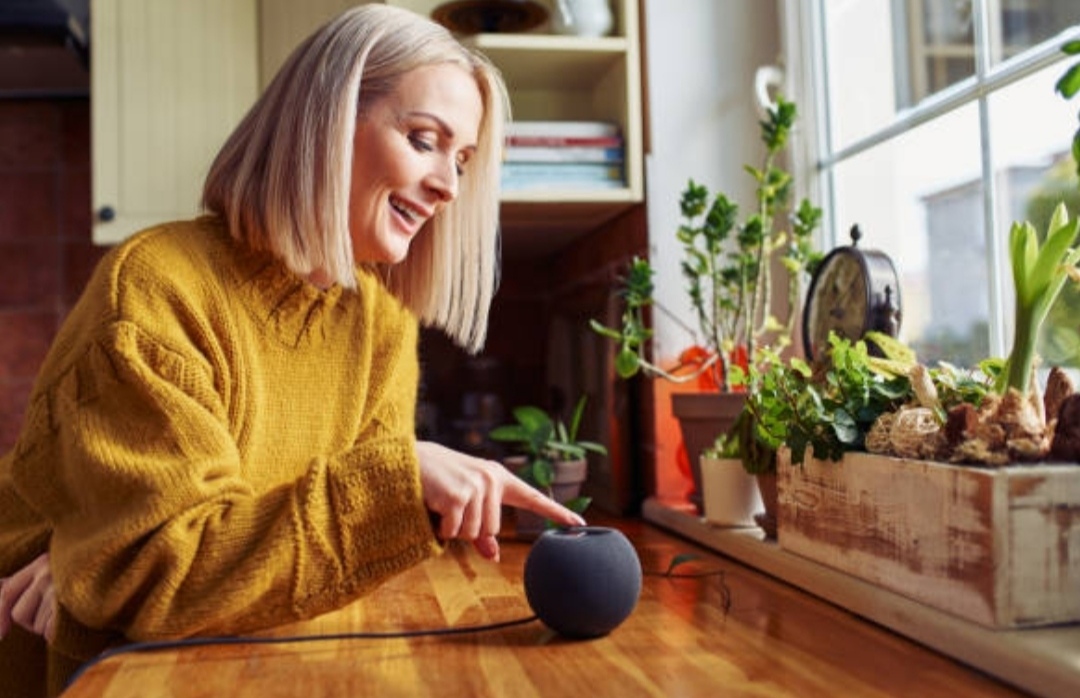Overview of Google Home and Amazon Alexa as Leading Voice Assistants
How to use Google Home and Alexa together.
Integrating both Google Home and Amazon Alexa into a single smart home ecosystem can significantly enhance the versatility and functionality of your living space.
By leveraging the unique strengths of each voice assistant, you can create a more responsive and adaptable environment tailored to your preferences.
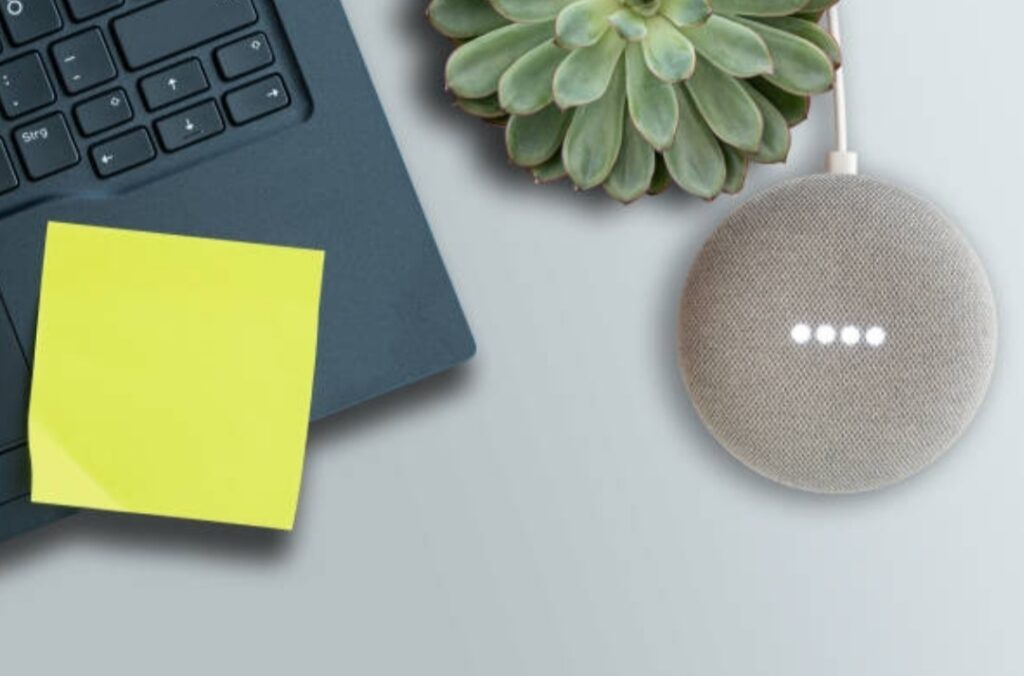
Google Home and Google Assistant
Google Home, powered by Google Assistant, is a robust voice-activated platform that integrates seamlessly with Google’s suite of services.
It offers advanced speech recognition and the ability to answer a wide array of general knowledge queries, making it a valuable tool for information retrieval and daily task management.
Amazon Alexa
Amazon Alexa is a versatile voice assistant deeply integrated into the Amazon ecosystem.
It excels in supporting a vast array of third-party skills, enabling users to perform tasks such as ordering groceries from Whole Foods and Amazon Fresh without using their phones.
Alexa’s compatibility with numerous smart home devices and services makes it a central hub for home automation.
Benefits of Integrating Both into a Single Smart Home Ecosystem
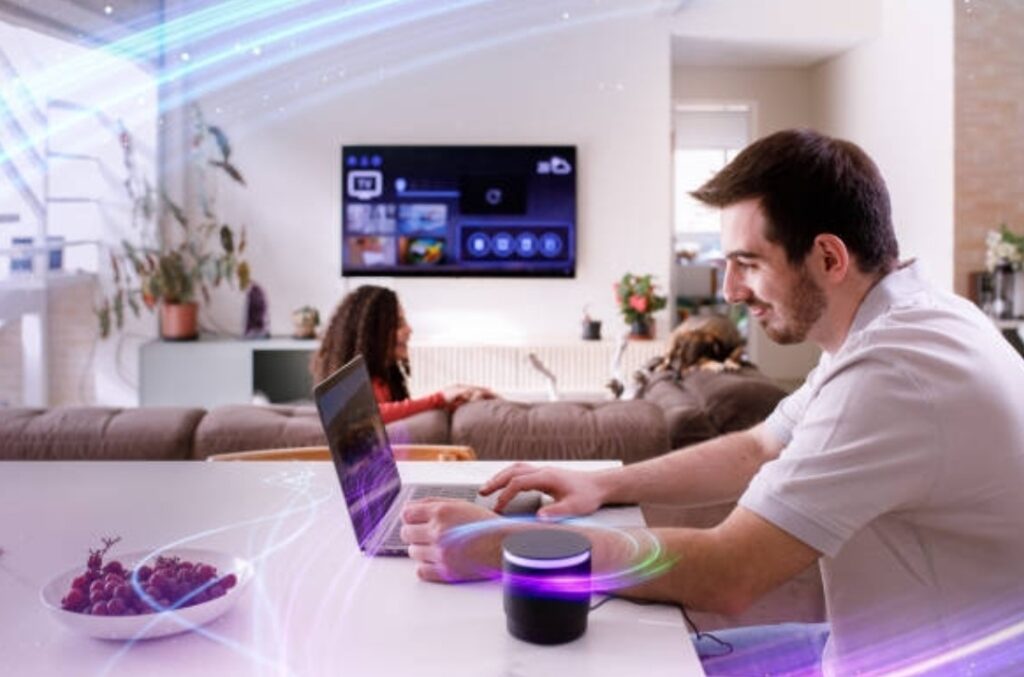
Enhanced Device Compatibility
Integrating both Google Home and Alexa allows you to maximize device compatibility, as some smart home products are designed to work exclusively with one platform.
By utilizing both assistants, you ensure broader control over various devices, enhancing the overall automation of your home.
Access to Unique Features
Each voice assistant offers distinct features that can complement each other when used together.
For instance, Alexa’s extensive third-party integrations can be paired with Google Assistant’s advanced information retrieval capabilities, providing a more comprehensive smart home experience.
Redundancy and Reliability
Having both assistants integrated into your smart home adds a layer of redundancy.
If one system experiences downtime or encounters issues, you can rely on the other to maintain control over your smart devices, ensuring continuous operation.
Personalized User Experiences
Different household members may have preferences for one assistant over the other.
Integrating both allows each person to interact with their preferred platform, catering to individual comfort and familiarity, and enhancing user satisfaction.
Future-Proofing Your Smart Home
As smart home technology evolves, having both Google Home and Alexa integrated ensures that you can adapt to new devices and services that may be exclusive to one platform.
This approach keeps your home automation system flexible and up-to-date with the latest advancements.
By understanding the unique capabilities of Google Home and Amazon Alexa, and recognizing the benefits of integrating both into your smart home ecosystem, you can create a more versatile, reliable, and personalized environment that leverages the strengths of each platform.
Understanding the Compatibility Between Google Home and Alexa
Can Google Home and Alexa Work Together?
Integrating Google Home and Amazon Alexa within a single smart home ecosystem has been a topic of interest for many users seeking to maximize the versatility of their smart devices.
Traditionally, these platforms operated within their respective ecosystems, limiting direct interoperability.
However, advancements in smart home standards, particularly the introduction of the Matter protocol, have significantly enhanced the compatibility between these two leading voice assistants.
Interoperability Between Google Home and Alexa
Historically, Google Home and Amazon Alexa functioned within their proprietary ecosystems, which posed challenges for users attempting to integrate devices across both platforms.
This lack of direct interoperability often required users to choose one ecosystem over the other or resort to complex workarounds to achieve integration.
However, with the development and adoption of the Matter protocol, a unified standard for smart home devices, the landscape has evolved to support greater compatibility between these platforms.
Overview of the Matter Protocol Enhancing Compatibility
The Matter protocol, developed by the Connectivity Standards Alliance (CSA), aims to create a unified and secure standard for smart home devices, ensuring seamless interoperability across different platforms and manufacturers.
Major industry players, including Amazon, Google, Apple, and Samsung, have collaborated on this initiative to simplify the integration process for consumers.
By adopting Matter, devices can communicate effectively across ecosystems, allowing users to control Matter-compatible devices using either Google Home or Amazon Alexa without the need for additional bridges or complex setups.

Benefits of Integrating Both Voice Assistants
Integrating both Google Home and Amazon Alexa into your smart home ecosystem offers several advantages, enhancing the overall functionality and user experience.
Access to a Broader Range of Device Compatibility
By incorporating both voice assistants, users can connect a wider array of smart home devices, as some products may be compatible exclusively with either Google Home or Alexa.
This dual-assistant approach ensures that you are not limited by device compatibility constraints, allowing for a more comprehensive and versatile smart home setup.
Utilizing Unique Features from Both Ecosystems
Each voice assistant offers distinct features and integrations that can complement each other when used together.
For example, Alexa’s extensive third-party skill support enables integration with a variety of services and devices, while Google Assistant’s advanced AI capabilities provide robust information retrieval and seamless integration with Google services.
Leveraging the strengths of both platforms allows users to create a more personalized and efficient smart home experience.
By understanding how to use Google Home and Alexa together, and recognizing the benefits of integrating both voice assistants, you can create a more versatile, reliable, and personalized smart home environment that leverages the strengths of each platform.
Methods to Integrate Google Home and Alexa
Integrating Google Home and Amazon Alexa into a unified smart home ecosystem can significantly enhance the versatility and functionality of your connected devices.
While these platforms are designed to operate independently, several methods enable their interoperability, allowing users to leverage the strengths of both voice assistants.
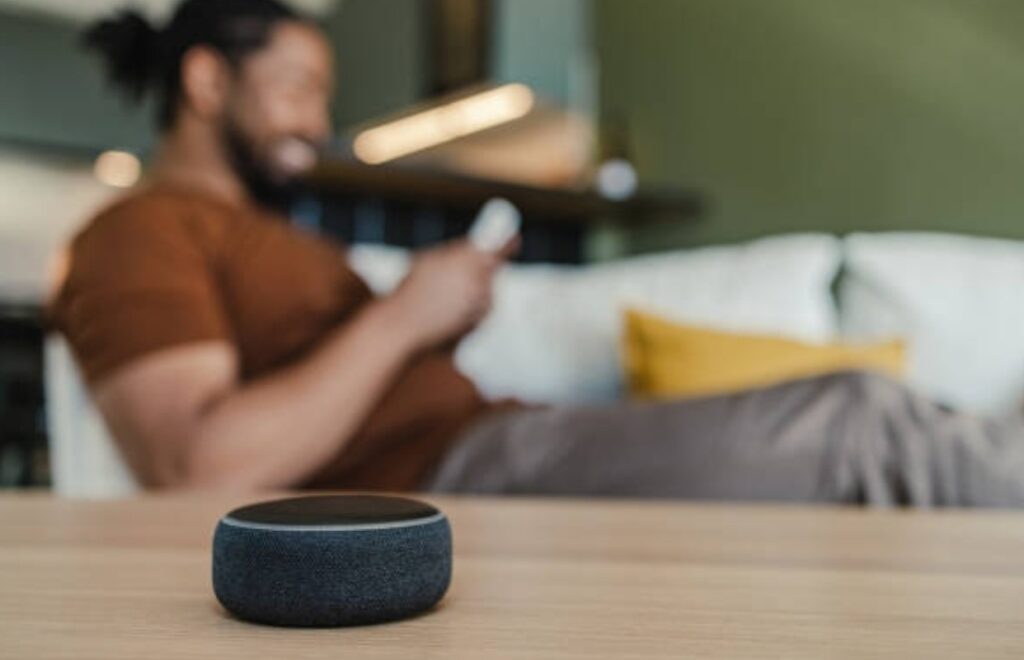
Using Third-Party Platforms
Third-party platforms can act as intermediaries, facilitating communication between Google Home and Alexa devices.
SmartThings
SmartThings serves as a bridge between Google Home and Alexa, enabling integrated control over various smart devices.
How SmartThings Can Serve as a Bridge Between Google Home and Alexa
SmartThings, developed by Samsung, is a versatile smart home platform that supports a wide range of devices and protocols.
By connecting both Google Home and Alexa to SmartThings, users can manage devices across both ecosystems seamlessly.
This integration allows for unified control, enabling commands from either voice assistant to operate devices linked to SmartThings.
Step-by-Step Guide to Setting Up SmartThings with Both Assistants
- Set Up a SmartThings Account: Download the SmartThings app and create an account.
- Add Devices to SmartThings: Use the app to add your smart devices to the SmartThings platform.
- Link SmartThings to Google Home:
- Open the Google Home app.
- Navigate to ‘Add,’ then ‘Set up device,’ and choose ‘Works with Google.’
- Search for ‘SmartThings’ and follow the prompts to link your account.
- Link SmartThings to Alexa:
- Open the Alexa app.
- Go to ‘Skills & Games’ and search for ‘SmartThings.’
- Enable the SmartThings skill and sign in to your account.
- Discover Devices: In both the Google Home and Alexa apps, initiate a device discovery to sync devices from SmartThings.
Home Assistant
Home Assistant is an open-source platform that enables integration between Google Home and Alexa, providing extensive customization and control.
Overview of Home Assistant as an Open-Source Platform
Home Assistant is a free, open-source home automation platform that prioritizes local control and privacy.
It supports a vast array of devices and services, allowing users to create a highly customized smart home setup.
With Home Assistant, you can integrate both Google Home and Alexa, facilitating interoperability between the two platforms.
Steps to Integrate Both Voice Assistants Using Home Assistant
- Install Home Assistant: Set up Home Assistant on compatible hardware, such as a Raspberry Pi or a virtual machine.
- Add Devices to Home Assistant: Use the Home Assistant interface to add your smart devices.
- Integrate Google Home:
- Navigate to the ‘Integrations’ section in Home Assistant.
- Search for ‘Google Assistant’ and follow the setup instructions.
- Integrate Alexa:
- In the ‘Integrations’ section, search for ‘Alexa.’
- Follow the provided steps to link Alexa with Home Assistant.
- Configure Entities and Automations:
Define how devices and services interact across both platforms using Home Assistant’s automation tools.

Direct Bluetooth Connection
Pairing Google Home and Alexa devices via Bluetooth is a straightforward method, though it comes with limitations.
How to Pair Google Home and Alexa Devices via Bluetooth
While Google Home and Alexa devices are not designed to communicate directly via Bluetooth, you can pair them with Bluetooth-enabled speakers or other devices to create a shared audio output.
This setup allows both assistants to play audio through the same speaker system.
Limitations and Considerations of This Method
- Functionality: This method only combines audio output and does not enable integrated voice command processing between Google Home and Alexa.
- Control: Voice commands remain isolated to their respective platforms, limiting cross-platform device control.
- Complexity: Managing multiple Bluetooth connections can be cumbersome and may not provide a seamless user experience.
Utilizing the Matter Protocol
The Matter protocol enhances compatibility between smart home devices, facilitating seamless interoperability between Google Home and Alexa.
Introduction to the Matter Smart Home Standard
Matter is an open-source connectivity standard developed to unify smart home ecosystems.
Backed by major industry players like Google, Amazon, and Apple, Matter aims to ensure that devices from different manufacturers work together seamlessly.
It operates over common networking technologies such as Wi-Fi and Thread, providing a secure and reliable foundation for smart home devices.
Steps to Integrate Devices Using Matter for Seamless Interoperability
- Ensure Device Compatibility: Verify that your smart devices support the Matter standard.
- Update Firmware: Ensure all devices have the latest firmware to support Matter integration.
- Set Up a Matter-Compatible Hub:
- Use a Matter-certified hub or controller, such as the latest Google Nest or Amazon Echo devices.
- Add Devices to the Hub:
- Follow the manufacturer’s instructions to add Matter-enabled devices to your hub.
- Link Hubs to Voice Assistants:
- Use the respective apps to link your Matter-compatible hub to both Google Home and Alexa.
- Configure Devices: Assign devices to rooms and set up routines or automations as desired.
By implementing these methods, you can effectively integrate Google Home and Alexa into a cohesive smart home system, leveraging the unique capabilities of both platforms to enhance your home’s intelligence and responsiveness.
Integrating Google Home and Alexa expands the capabilities of your smart home, offering greater flexibility and control.
Whether through third-party platforms like SmartThings and Home Assistant, direct Bluetooth connections, or adopting the Matter protocol, each method has its unique advantages and considerations.
By choosing the approach that best fits your needs, you can create a cohesive and efficient smart home environment.
Ready to enhance your smart home experience?
Explore these integration methods today and unlock the full potential of your devices.
Start by checking device compatibility and follow the guides above to create a seamless, interconnected home.
Don’t miss out on the convenience and flexibility that integrating Google Home and Alexa can offer.
Managing and Controlling Your Integrated Smart Home
Integrating both Google Home and Amazon Alexa into your smart home setup offers a versatile and dynamic environment, allowing you to leverage the strengths of each voice assistant.
To maximize the potential of this integration, it’s essential to focus on creating effective routines and automations, optimizing voice commands, and troubleshooting common issues.

Creating Routines and Automations
Setting Up Routines Utilizing Both Assistants
Creating routines that seamlessly incorporate both Google Home and Alexa can enhance the automation of your smart home devices. Here’s how you can set up such routines:
- Identify Common Automation Goals: Determine the tasks you want to automate, such as turning off all lights at bedtime or adjusting the thermostat when leaving home.
- Use Virtual Switches for Cross-Platform Integration: Since direct communication between Google Home and Alexa is limited, virtual switches can act as intermediaries. Platforms like SmartThings allow the creation of virtual switches that both assistants can control. For instance, a virtual switch turned on by Alexa can trigger a Google Home routine.
- Configure Routines in Both Apps: Set up corresponding routines in both the Google Home and Alexa apps to respond to the state changes of the virtual switch. This ensures that actions initiated by one assistant can trigger responses from the other.
Examples of Cross-Platform Automations
- Morning Routine: An Alexa command like “Good morning” could turn on a virtual switch, prompting Google Home to start the coffee maker and read the weather forecast.
- Leaving Home: Activating a “Goodbye” routine on Google Home can switch off lights and adjust the thermostat via Alexa-controlled devices.
Voice Command Optimization
Tips for Creating Distinct Voice Commands
To ensure both assistants respond accurately:
- Unique Phrases: Use distinct phrases for each assistant to prevent confusion. For example, use “Alexa, start movie time” and “Hey Google, begin cinema mode” for similar actions.
- Avoid Overlapping Names: Ensure that device names and routine titles are unique across both platforms to prevent miscommunication.
Ensuring Reliable Responses from Both Assistants
- Strategic Placement: Place devices in separate locations to minimize both assistants responding simultaneously.
- Adjust Sensitivity: Modify the wake word sensitivity settings to reduce unintended activations.
Troubleshooting Common Issues
Addressing Connectivity Problems
- Network Stability: Ensure a robust Wi-Fi connection, as both assistants rely on stable internet access.
- Firmware Updates: Regularly update device firmware to benefit from the latest features and fixes.
- Reboot Devices: If issues arise, rebooting the devices can often resolve temporary glitches.
Resolving Command Conflicts Between Assistants
- Distinct Commands: As previously mentioned, using unique commands for each assistant minimizes conflicts.
- Disable Redundant Skills: If both assistants control the same device, consider disabling the skill or action on one to prevent overlap.
- Utilize Virtual Switches: Employing virtual switches can help manage device control, ensuring that commands are routed appropriately without interference.
By thoughtfully setting up routines, optimizing voice commands, and proactively addressing potential issues, you can create a harmonious and efficient smart home environment that leverages the capabilities of both Google Home and Alexa.
Note: For a visual guide on integrating routines with both assistants, you might find this video helpful:
Future Trends in Voice Assistant Integration
As the smart home landscape continues to evolve, integrating voice assistants like Google Home and Alexa has become increasingly feasible, offering users a more cohesive and versatile experience.
Understanding future trends in voice assistant integration is crucial for those looking to optimize their smart home setups.
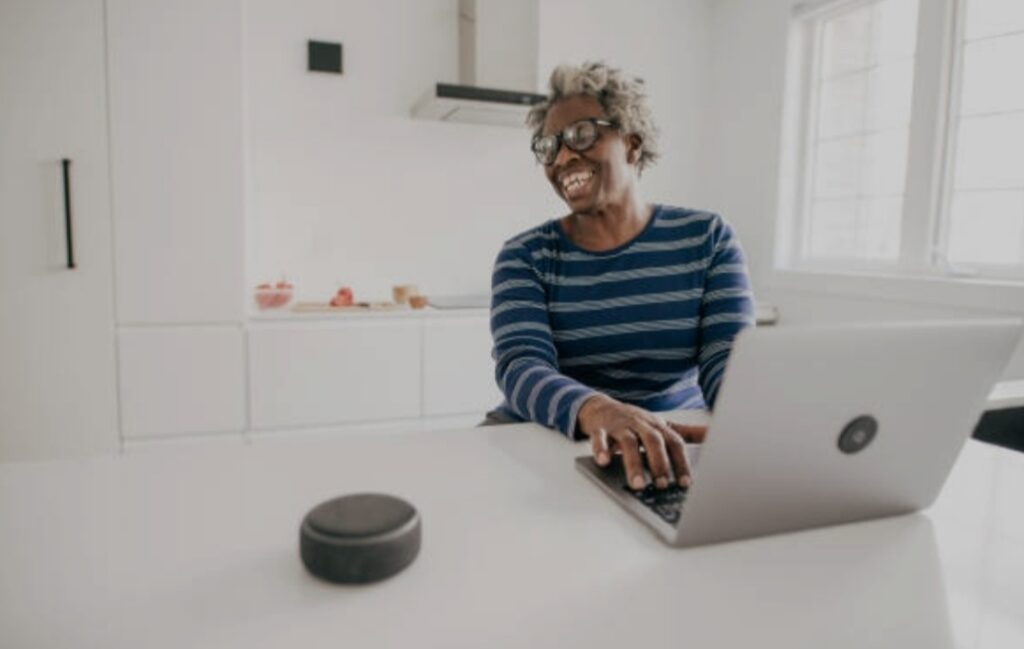
Advancements in Smart Home Standards
The Evolving Role of Matter in Device Compatibility
The Matter standard, introduced in October 2022, has significantly impacted device compatibility in the smart home ecosystem.
Designed to unify various smart home devices under a single protocol, Matter ensures seamless interoperability among devices from different manufacturers.
This standard has undergone several updates:
- Version 1.0 (October 2022): Introduced support for lighting products, door locks, thermostats, blinds, security sensors, and streaming video players.
- Version 1.1 (May 2023): Focused on bug fixes and enhancements without adding new device categories.
- Version 1.2 (October 2023): Expanded support to include refrigerators, portable air conditioners, dishwashers, laundry washers, robotic vacuum cleaners, smoke and carbon monoxide alarms, air quality sensors, air purifiers, and fans.
- Version 1.3 (May 2024): Added support for ovens, microwave ovens, cooktops, extractor hoods, laundry dryers, and Matter-casting media players.
- Version 1.4 (November 2024): Introduced support for electricity-related devices, including batteries, solar systems, home routers, water heaters, and heat pumps.
These updates reflect Matter’s commitment to broadening device compatibility, making it easier for users to integrate Google Home and Alexa devices within a unified smart home environment.
As Matter continues to evolve, we can anticipate even greater interoperability, simplifying the process of using Google Home and Alexa together.
Predictions for Future Integrations Between Major Platforms
Looking ahead, the collaboration among major platforms is expected to intensify, further enhancing the integration of voice assistants.
The adoption of universal standards like Matter paves the way for more seamless interactions between devices, reducing the fragmentation that has historically plagued the smart home industry.
This trend suggests a future where users can effortlessly use Google Home and Alexa together, leveraging the strengths of each platform to create a more responsive and intuitive smart home experience.
Enhancing User Experience
Emerging Features in Voice Assistant Technology
The rapid advancement of artificial intelligence has led to significant enhancements in voice assistant capabilities.
Companies like Meta are accelerating their AI initiatives, focusing on creating more natural, conversational interactions.
For instance, Meta’s latest language model, Llama 4, emphasizes voice interactions over traditional text-based formats, aiming to establish a leadership position in AI technology.
Similarly, Amazon is overhauling Alexa into Alexa Plus, an AI-powered extension designed to provide more immersive and natural language processing capabilities.
This revamp includes better multi-modal interactions through screen-centric devices, such as Echo Show models, enhancing the overall user experience.
These developments indicate a shift towards more intuitive and human-like interactions with voice assistants, making the integration of platforms like Google Home and Alexa more seamless and user-friendly.
The Impact of AI Advancements on Smart Home Interactions
Artificial intelligence continues to revolutionize smart home interactions. Google’s DeepMind, for example, has been at the forefront of developing advanced language models like WaveNet and Gemini, which enhance the naturalness of voice interactions.
WaveNet, a text-to-speech system, has been integrated into Google Assistant, making its responses more human-like.
The Gemini model, released in December 2023, represents a significant leap in AI capabilities, offering expanded multimodal interactions, including image and audio generation.
These AI advancements contribute to more personalized and efficient smart home experiences.
As voice assistants become more adept at understanding context and user preferences, integrating systems like Google Home and Alexa will allow for more tailored and responsive interactions, enhancing the overall functionality of smart homes.
The future of voice assistant integration is bright, with advancements in smart home standards and AI technologies driving more seamless and intuitive user experiences.
Understanding how to use Google Home and Alexa together effectively will become increasingly important as these platforms continue to evolve.
By staying informed about these trends, users can optimize their smart home setups to be more cohesive, responsive, and aligned with their individual needs.
Stay ahead of the curve by integrating the latest voice assistant technologies into your smart home. Explore our comprehensive guides and product recommendations to create a seamless and intelligent living environment. Discover the best smart home devices here.
Conclusion – Unlocking the Full Potential of a Unified Smart Home

Recap of the Benefits and Methods of Integrating Google Home and Alexa
In today’s interconnected world, a truly smart home is no longer limited to just one voice assistant.
By learning how to use Google Home and Alexa together, homeowners can experience unparalleled flexibility, enhanced automation, and greater control over their devices.
Throughout this guide, we have explored the key benefits of integrating these two popular voice assistants, including:
- Expanded Device Compatibility – Since Google Assistant and Alexa support different smart home brands, integrating both ensures wider compatibility with various devices.
- Cross-Platform Automation – Setting up routines and automations using both assistants allows for a more synchronized and efficient smart home experience.
- Voice Command Versatility – By optimizing voice commands, users can ensure both assistants respond effectively without conflicts.
- Improved Smart Home Control – Leveraging Matter and other smart home standards ensures seamless device communication across platforms.
- Future-Proofing Your Setup – As AI advancements continue to improve Google Assistant and Alexa, integrating both ensures your smart home remains adaptable and future-ready.
In essence, combining Google Home and Alexa unlocks a more dynamic, versatile, and user-friendly smart home environment that caters to individual needs and preferences.
Encouragement to Explore and Customize Integrations for a Personalized Smart Home Experience
Every smart home is unique, and the best way to maximize its potential is by customizing integrations to suit your lifestyle.
Whether you want to create voice-controlled entertainment zones, automate your morning and evening routines, or set up multi-room audio experiences, the possibilities are endless.
Here are a few expert tips to help you personalize your Google Home and Alexa integration:
1. Experiment with Custom Routines
- Set up Google Home to control entertainment devices while using Alexa for security and smart lighting.
- Create a “Good Night” routine where Alexa locks the doors and Google Assistant dims the lights and plays sleep sounds.
- Automate morning routines where Google Home starts your coffee maker while Alexa gives you the weather and traffic updates.
2. Optimize Voice Commands for Better Control
- Use distinct phrases to trigger each assistant separately (e.g., “Alexa, turn on Movie Mode” vs. “Hey Google, dim the lights”).
- Avoid conflicting commands by assigning one assistant to specific tasks.
- Consider using custom wake words if multiple assistants are in the same room.
3. Stay Updated on Smart Home Trends
- Follow developments in Matter and AI-driven voice assistants to ensure your smart home remains future-proof.
- Upgrade to newer smart devices that support multi-assistant compatibility.
- Look out for cloud-to-cloud integrations that improve cross-platform automation.
4. Secure Your Smart Home
- Use two-factor authentication for linked accounts.
- Regularly update firmware on your smart home devices.
- Set privacy controls to limit data sharing between platforms.
5. Explore New Devices That Work with Both Assistants
Looking to expand your smart home setup? Consider devices that seamlessly integrate with both Google Home and Alexa, such as:
- Smart Plugs (Check out these best-selling smart plugs)
- Multi-Assistant Speakers (Discover top-rated smart speakers)
- Smart Lights & Thermostats (Upgrade your home with energy-efficient devices)
Final Thoughts – Elevate Your Smart Home Today!
Integrating Google Home and Alexa is not just about convenience—it’s about creating a truly intelligent and responsive living environment.
By taking the time to explore, customize, and optimize your setup, you can build a future-proof smart home that works seamlessly across platforms.
Ready to transform your smart home?
✅ Start experimenting with Google Home and Alexa integration today!
✅ Explore the best smart devices to enhance your setup! Find the top-rated smart home products here
By following this guide, you’re well on your way to achieving a smarter, more efficient, and fully connected home experience!
You might also like :

